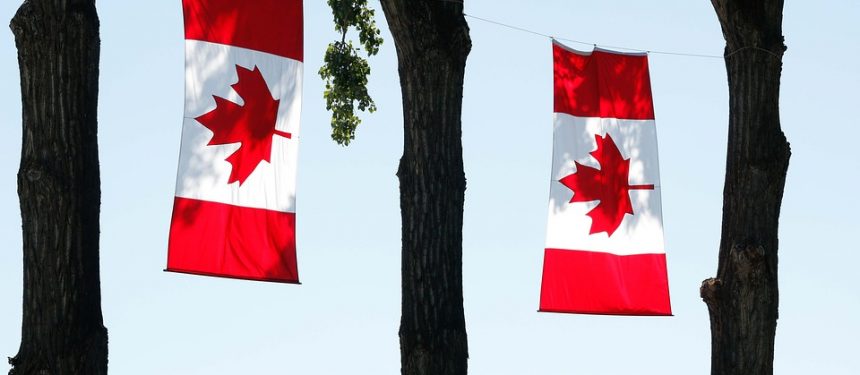Looking over 2017 data, CBIE reflected on the success of the international education industry in Canada with a recently released research brief.
News and business analysis for Professionals in International Education
Have some pie!
CBIE highlights “unprecedented” student numbers
 Canada's reputation a safe country is one of the major pull factors for students. Photo: Keith JJ/Pixabay
Canada's reputation a safe country is one of the major pull factors for students. Photo: Keith JJ/Pixabay As outlined by many headlines this year, the industry in 2017 has smashed its own target of hosting 450K students by 2022 five years in advance, showing a 17% growth since the previous year.
“Due to varied and evolving push and pull factors, international students are choosing Canada as their study destination in unprecedented numbers,” the report noted in the introduction.
“[Canada’s] pull factors may be more powerful than ever before in a global context”
Among the main pull factors, the report noted Canada’s reputation as a safe country having a quality education system and a tolerant and non-discriminatory society.
These pull factors, the report explained, “may be more powerful than ever before in the global context,” as traditional destination markets may become less attractive due to political uncertainty and rising costs.
Using IRCC data on study permit holders in Canada in 2017, CBIE looked at the distribution of students, their country of origin and their level of study.
Although Canada has a varied student population, with 186 nationalities represented in 2017, the diversity has been declining over the past few years, the report warned. About 65% of all international students in 2017 came from the top five source markets: China, India, South Korea, France and Vietnam.
About 40% of students come from East Asia, the proportion of students coming from South Asia has been rising since 2015 – with India growing faster as a source market than China.
Ontario, British Columbia and Quebec get the lion’s share of international students, but it’s Ontario and Manitoba that show the biggest year-on-year growth, while Quebec has declined slightly.
And while Toronto, Vancouver and Montreal hosted 55% of all international students, the most impressive growth happened outside, the report noted: in Windsor (+54%), Kitchener – Cambridge – Waterloo (+39%) and St. Catharines – Niagara (+27%).
Looking at the IRCC 2018 figures, the growth hasn’t slowed down. A total of 51,020 study permits became effective in Canada in the first quarter of 2018 and 85,130 in the second, up from 39,000 and 52,595 respectively in the same periods last year.
Still looking? Find by category:


